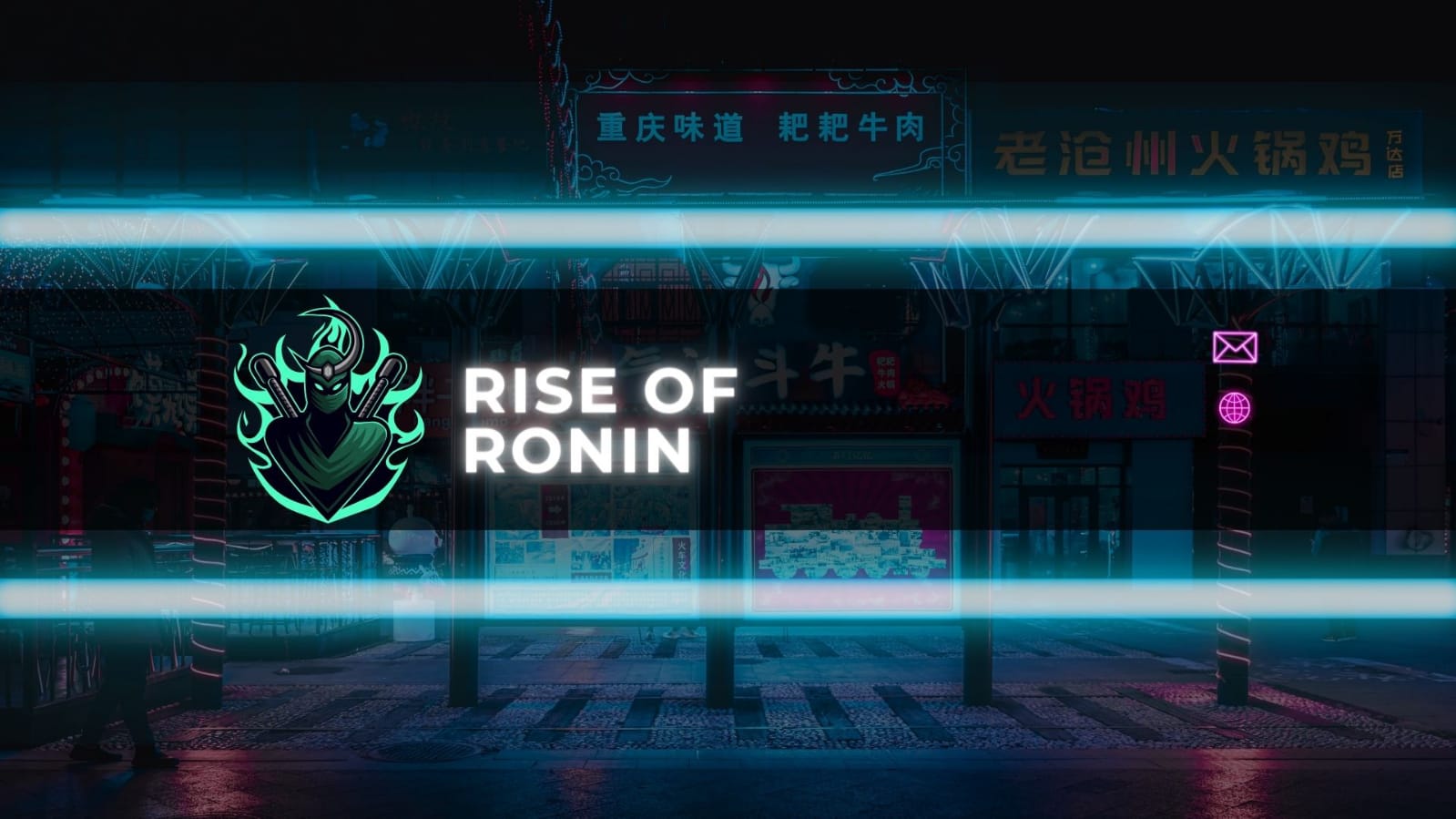Rise of the Ronin It should have been a slam dunk. After having delivered some of the best action games in recent years with the likes of Nioh, Nioh 2, and Wo Long Fallen Dynasty, Team Ninja has swung for the fences with its next game, billed as its most ambitious project to date and the studio’s first crack at an open world design.
To say the very least, it’s a monumental occasion for the studio, and with the backing of the PlayStation Studio’s banner, there was every reason to believe that Rise of the Ronin would be another notch in the belt for a developer with an already immense legacy. Unfortunately, however, though Rise of the Ronin has some legitimately bright highlights, there’s just too much about it that feels either too rough or too under-baked for it to be able to rise above being anything more than just a fun but forgettable game, even at the best of times. Playing Rise of the Ronin, it’s impossible not to draw comparisons with the number of other games out there, because it makes no bones about the fact that it does indeed borrow liberally from several of its peers.
From Ghost of Tsushima to Sekiro Shadows Die Twice, and of course, Team Ninja’s Neo, Rise of the Ronin pulls in elements from many well-loved and recognized games. That’s a bit of a double-edged sword in this particular case, however, because in almost none of these comparisons is Rise of the Ronin good enough to come out on top. If you want an open-world game with a historical Japanese setting, you can certainly play Rise of the Ronin, but Ghost of Tsushima is just so much better at it. If you want to play a game that places parrying mechanics front and center in its combat, though Rise of the Ronin is surely a decent option, it isn’t anywhere close to being as good, good enough, or better than Sekiro. And of course, if what you have a hankering for is a good Team Ninja game, there’s very little here that would compel you to pick Rise of the Ronin over, say, one of the Nioh games.
But let’s pause and cover the basics first. Rise of the Ronin is set in late 19th-century Japan, telling the story of the civil war between the Tokugawa Shogunate and the many anti-Shogunate factions who take issue with the increasing influence of western powers on Japan. You play as a Ronin, one that you can customize to your heart’s content at the outset of your journey, who’s on a quest to find their blade twin before getting roped into the nation’s larger conflicts. On paper, the setup is a strong one, not only because of the inherently fascinating time period and subject matter, but also because of the game’s drive to craft a much more grounded and historical experience than the fantasy-infused likes of Nioh and Wulong. Unfortunately, the setup is only interesting on paper because the game completely fumbles its execution. Team Ninja has never been known for its storytelling prowess, and if this were any other studio’s game, I don’t think it would be fair in the slightest to judge it on its narrative strengths and weaknesses. But Rise of the Ronin has very much been billed as a much more story-driven experience than past Team Ninja titles, so to see it continuing to underwhelm in an area it supposedly wants to place greater emphasis on is disappointing, to say the least.

A fascinating setting ends up being misused, and from a purely narrative perspective, there’s little here that actually grabs attention. Characters feel like cardboard cutouts that are just reading out lines, with very few of them showing any actual personality. And though there are some cutscenes that are well directed by and large, I found it incredibly hard to be invested in anything that was going on in the story. The writing is consistently mediocre at best and downright pedestrian at worst. And the voice acting, though never awful by any means, never manages to be anything more than middle-of-the road acceptable. That, in fact, is also an accurate description of the game’s open-world setting. That Rise of the Ronin is Team Ninja’s first open-world game ever is abundantly apparent in how plain it feels more often than not. Structurally, it functions the way that you would expect the vast majority of AAA open worlds to function, with each region of the world gradually unlocking new quests and side activities. It’s a very checklist-y game, for lack of a better word, which means that it can be fun in the most basic sense from time to time.
The issue is that the content that it does have on offer is very rarely engaging in any real way. From collecting cats to clearing enemy encampments to praying at shrines to gain skill points, the side activities that you’ll be tackling in Rise of the Ronin’s open world on bases suffer from a devastating lack of originality and innovation. Of course, that’s true for a great many open world games out there, but where other titles with similar cookie-cutter open worlds try to offset their flaws with the sheer quality of their content, Rise of the Ronin doesn’t even succeed on that front. The way that it contextualizes side quests is perfectly emblematic of that, in that it bar-gains them behind a currency system that feels hollow and meaningless, making it hard to care about anything that you’re doing in the game world. All of this is not to say that Rise of the Ronin is a bad game.
Far from it, there are certainly things to enjoy here, such as the game’s combat system, which is deep and satisfying, even if it doesn’t quite reach the heights of Team Ninja’s previous efforts. The Ronin’s customization options are also extensive, allowing players to tailor their character to their preferred playstyle. But the fact remains that Rise of the Ronin is a game that falls short of its potential in almost every way. It’s a game that feels like it’s trying to be too many things at once without fully committing to any one of them. And while there are certainly worse games out there, it’s hard not to feel disappointed by what could have been. In the end, Rise of the Ronin is a game that’s worth playing if you’re a die-hard fan of the genre or if you’re simply looking for something new to sink your teeth into. But for everyone else, there are simply better options out there



